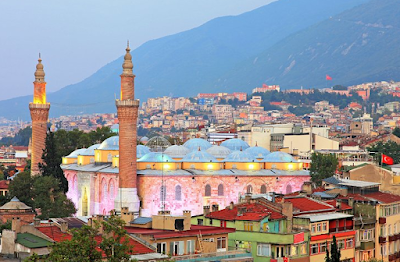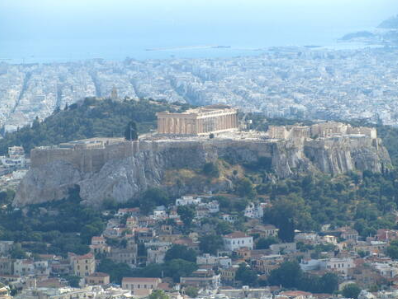Place: Pergamon, Turkey
Weather: Intervals of clouds and sunshine, 49/72F.
Route: From Ephesus 185 km north on E87 and O-33.
Significance: Pergamon was an important city from Greek, Roman, Byzantine, and Ottoman Empires. There are ruins of structures important to Paganism, Christianity, Judiasm, and Islam. The city is dramatically set on a promontory above the Caicus River. The major museum of antiquity in Berlin is called the Pergamon Museum, mostly because it houses the Pergamon Altar.
Website: UNESCO World Heritage Site
Images:
The Greek Theatre (from whc.unesco.org)
The Trajeneum (from whc.unesco.org)















































